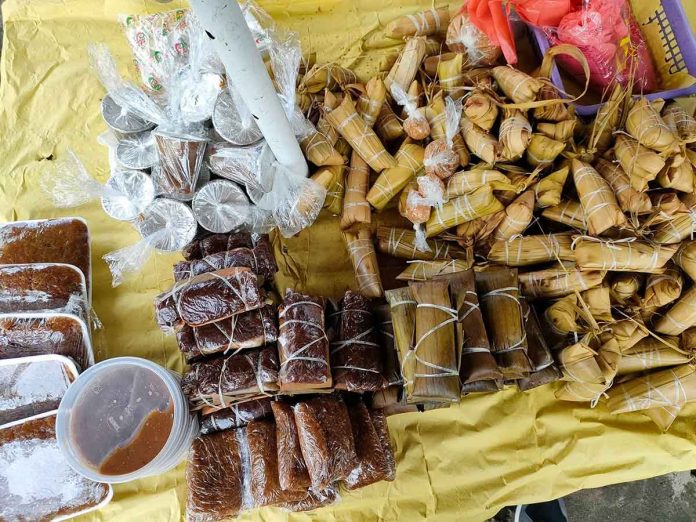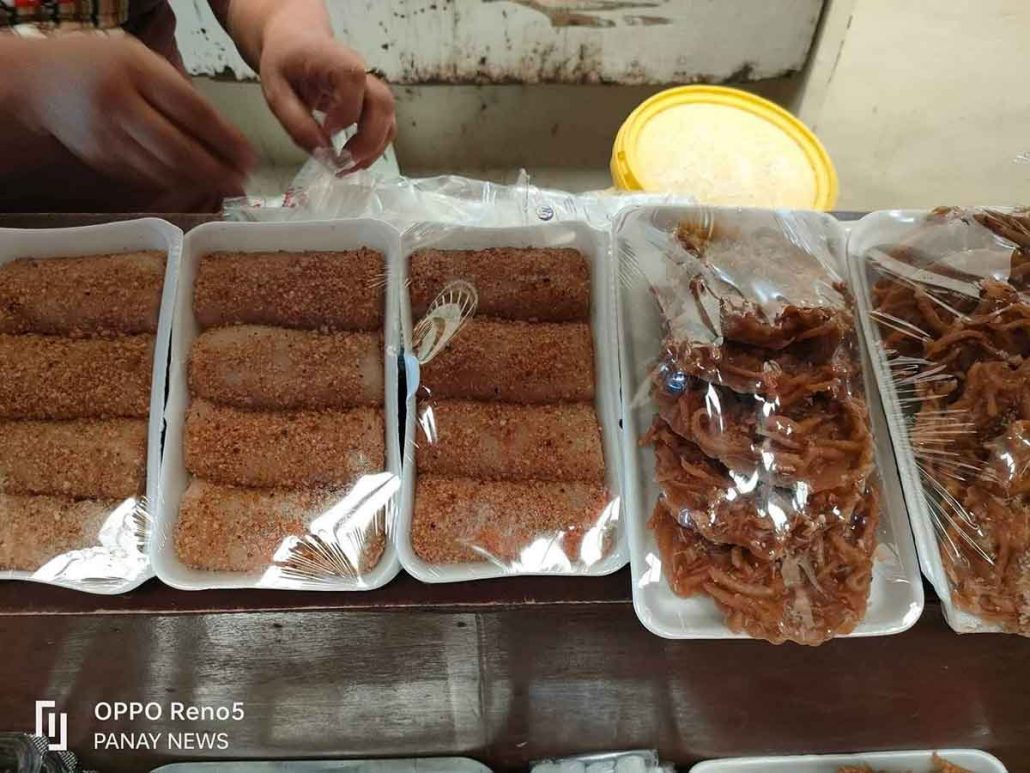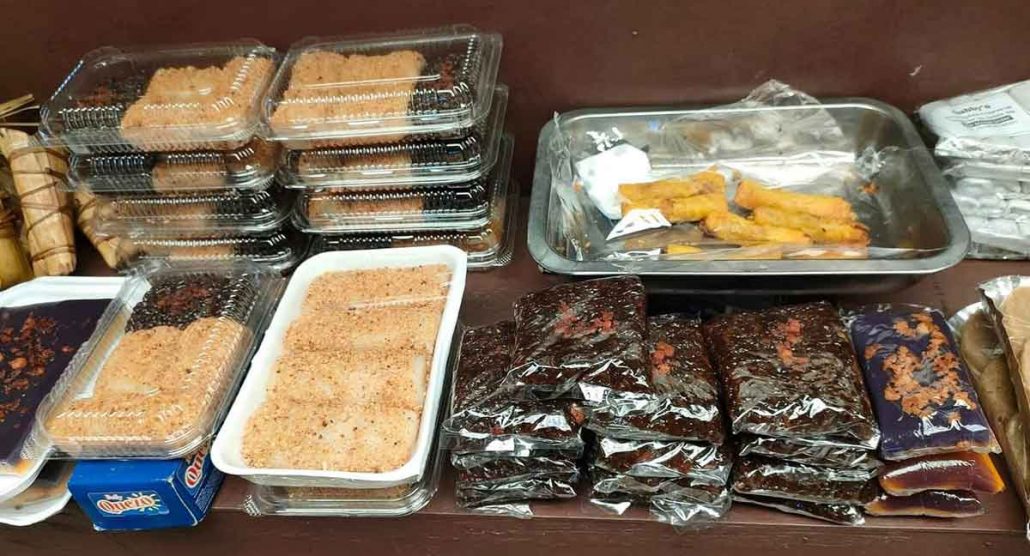
BY RHENJIE MARIE CALANTAS
PEOPLE traditionally light candles and bring flowers to cemeteries to pay respects to their departed loved ones during All Saints’ and All Souls’ days on Nov. 1 and 2, respectively.
But for many others, Piesta Minatay or Undas is never complete without the many native delicacies prepared affectionately for their dearly departed and also shared with family members and friends. That’s because for many Filipinos, Undas is a greatly anticipated event, equivalent to Christmas in western countries, a family reunion of sort – and home-grown delectable food is central to this.



“Ang mga kakanin amo ini ang traditional gid nga pagkaon kada Piesta Minatay, human sa pilit kay gasimbolo kuno ini sang hugot nga pag-abyanay bisan pa sila wala na diri sa kalibutan,” said Lolita Basilla, a kakanin vendor.
The practice is very much alive in Iloilo. Delicacies with glutinous rice (pilit) as main ingredient are the stars on the table every Undas.
Ibos is made from glutinous rice cooked using coconut milk (gata). Preparations vary but most would soak the pilit in gata and carefully wrapped them in coconut leaves (lukay). These are then cooked in a big casserole and the rest of gata will serve as the water to soften the pilit.
Once cooked, you can dip it in sugar.
Suman is a level-up of ibos but this time, muscovado sugar is mixed with glutinous rice and coconut milk.
This is usually prepared by cooking the pilit first. And instead of using plain water when cooking (tig-ang) the pilit, the second coconut water (ikaduha nga gata as they call it) is used.
To perfectly cook the pilit, measure it with a ratio of 1:1, like one cup of pilit is equal to one cup of gata.
Kalamay hati is one popular sweet delicacy present in almost every Undas table. The preparation is quite like suman’s but in kalamay hati, the rice should be grinded first.
“Halin sang una pilit gid na ya ang ginaluto kay daw pagpakita ina nga maski wala na sila diri upod naton, indi ta gyapon sila malipatan especially ang memory kag bonding n’yo bala,” said Edna Malones of Barangay Cabugao Sur, Santa Barbara, Iloilo.
Indeed, the sombre tone of Undas is balanced by the joy of family reunions. These often take place in cemeteries, with some relatives seeing each other for the first time in months, or perhaps even since the previous Undas.
And food, as always, is the focal point, just like most Pinoy familial events./PN




